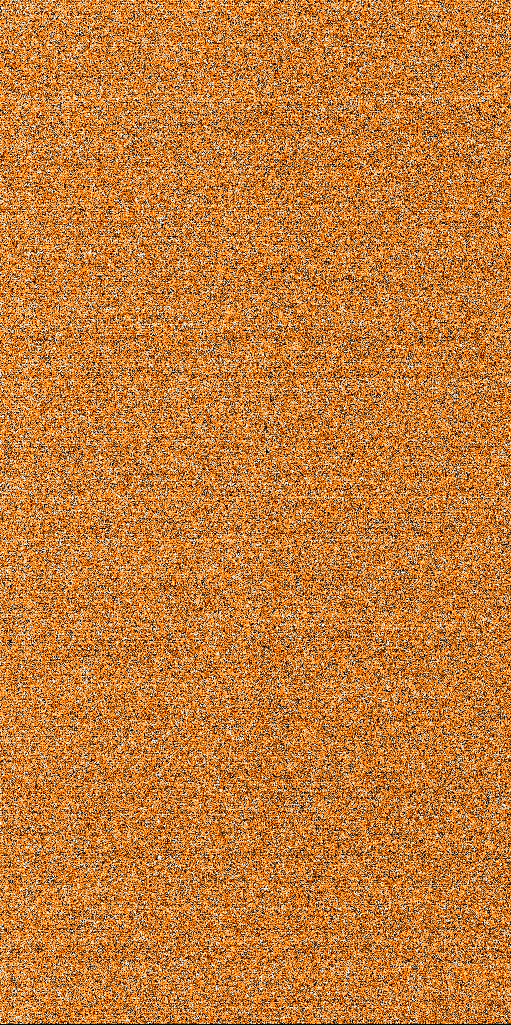 mirror sites:
PL (internal link)
HQ
[?]
mirror sites:
PL (internal link)
HQ
[?]
Quality Control and
Data Processing
|
OMEGACAM: Dark
he OmegaCAM dark template consists of three, one-hour exposures taken with the camera shutter closed. It is normally taken every 10 days. The processing consists of rejecting the cosmic ray events and subtracting the bias level. The remaining signal above the bias level is the dark signal, given in units of ADU/pixel/hour. For the reduction of subsequent on-sky observations the subtraction of the sky brightness will include the dark current, and a separation of both contributions is normally not required.
The pipeline creates one output frame from its dark recipe (omega_darkcurrent): a mean dark (OC_MDAR_<DATE>_1_1_normal_normal.fits).
 DARK current
DARK current
The master bias frames from detectors ESO_CCD_#68 and #90 have a pronounced central ridge. This is stable and can be well subtracted. Therefore, these features are tolerated, but can create a larger number of hot pixels when compared to other detectors.
The dark current and particle rate averaged over all 32 extensions (ADU/pixel/hour) are plotted in box 1 and box2 of the trending plot. Box 4 shows scores for each CCD. Scoring&thresholds DARK current
The averaged dark current and particle rate are loosly scored, with static thresholds following the median average of the current period. The only requirement is stability on the calibration timescale.
The master dark frames, dark current, and particle rates have been very stable for all OmegaCAM detectors.
the OmegaCAM dark template consists of three, one-hour exposures taken with the camera shutter closed. The processing consists of rejecting the cosmic ray events and subtracting the bias level. The remaining signal above the bias level is the dark signal, given in units of ADU/pixel/hour. For the reduction of subsequent on-sky observations the subtraction of the sky brightness will include the dark current, and a separation of both contributions is normally not required. The particle event rate is determined by the detected number of cosmic ray events (particles/cm^2/hour). |
||||||||||||||||||||||||||||||||||||||||||||||||||||||||||||||||||||||||||||||||||||||||||||||||||||||||||||||||||||||||||||||||||||||||||||||||||||||||||||||||||||||||||||||||||||||||||||||||||||||||||||||||||||||||||||||||||||||||||||||||||||||||||||||||||||||||||||||||||||||||||||||||||||
| |
|||||||||||||||||||||||||||||||||||||||||||||||||||||||||||||||||||||||||||||||||||||||||||||||||||||||||||||||||||||||||||||||||||||||||||||||||||||||||||||||||||||||||||||||||||||||||||||||||||||||||||||||||||||||||||||||||||||||||||||||||||||||||||||||||||||||||||||||||||||||||||||||||||||
 |
|
||||||||||||||||||||||||||||||||||||||||||||||||||||||||||||||||||||||||||||||||||||||||||||||||||||||||||||||||||||||||||||||||||||||||||||||||||||||||||||||||||||||||||||||||||||||||||||||||||||||||||||||||||||||||||||||||||||||||||||||||||||||||||||||||||||||||||||||||||||||||||||||||||||
